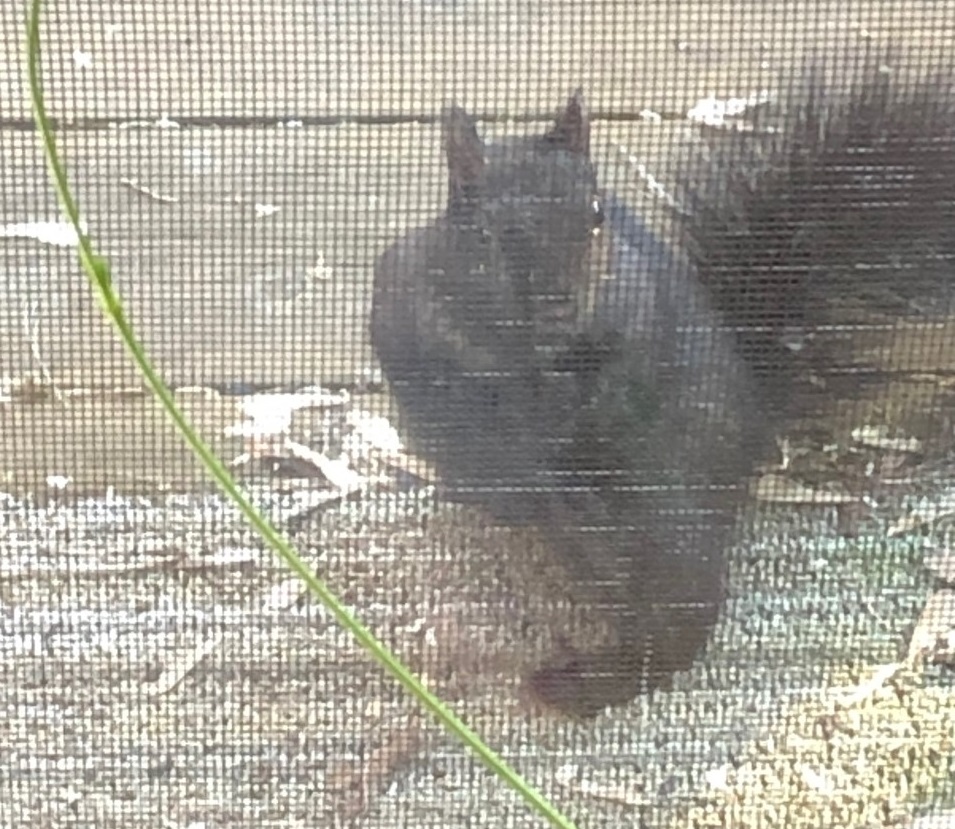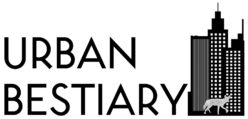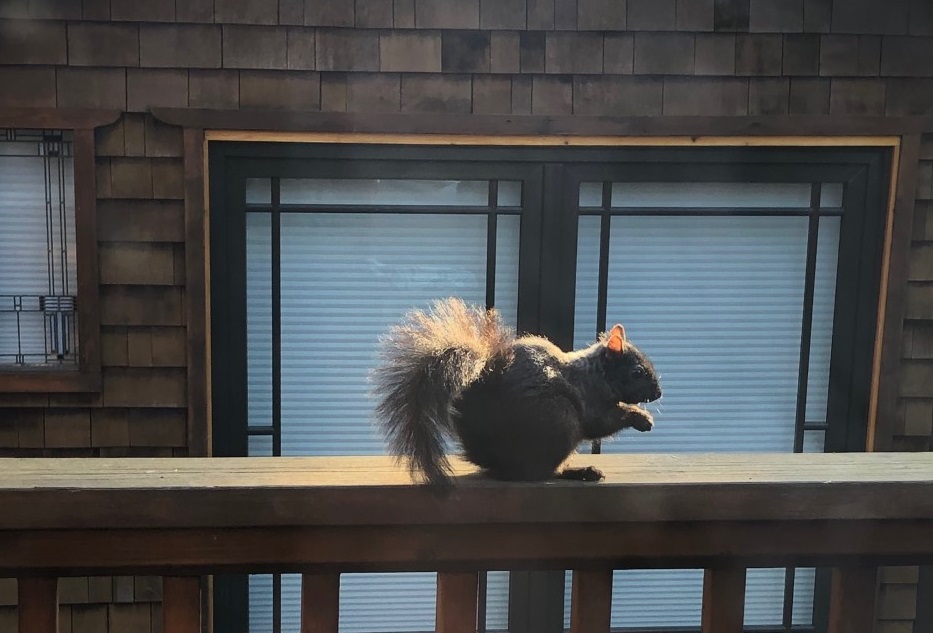
In the café of a trendy boutique hotel, my friend Tim and I were talking about books we had recently read. In reference to one, Tim, who grew up in a beautiful natural environment outside the city, commented that we can enjoy our city even more when we notice and appreciate the wildlife that is all around us.
Standing at a bus stop in east end Toronto on my way to work that day, I had heard exuberant calls of at least 4 different kinds of birds. Or maybe it’s different sounds from one or two different kinds of birds, I don’t know – but their peeps and yips and whistles were uplifting on a cold grey morning.
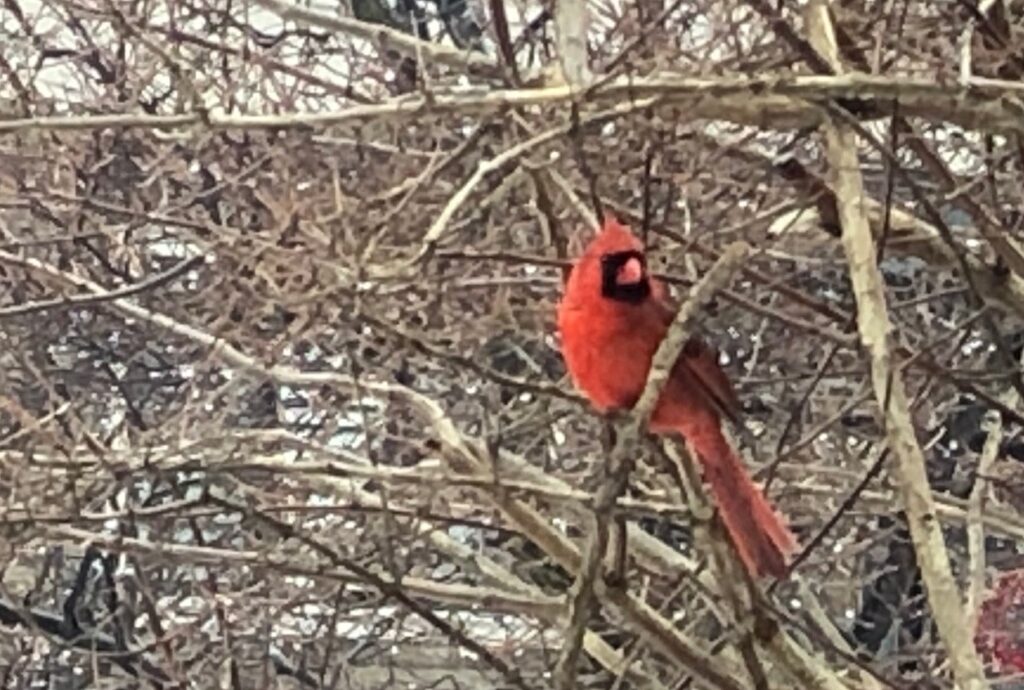
Yesterday morning my local racoon came for a neighbourly visit, which was a treat since she usually comes by at night to see if she can scrounge some tasty bits from the garbage. Squirrels scamper through our yard frequently throughout the day, though I see my little black-furred friends (and one grey one) mostly in the early morning before I go to work. And for the last couple of months a very vocal cardinal couple have been stopping for a visit in our front yard every few days.
I have no idea who else may be passing through when I am at work during the days and many evenings.
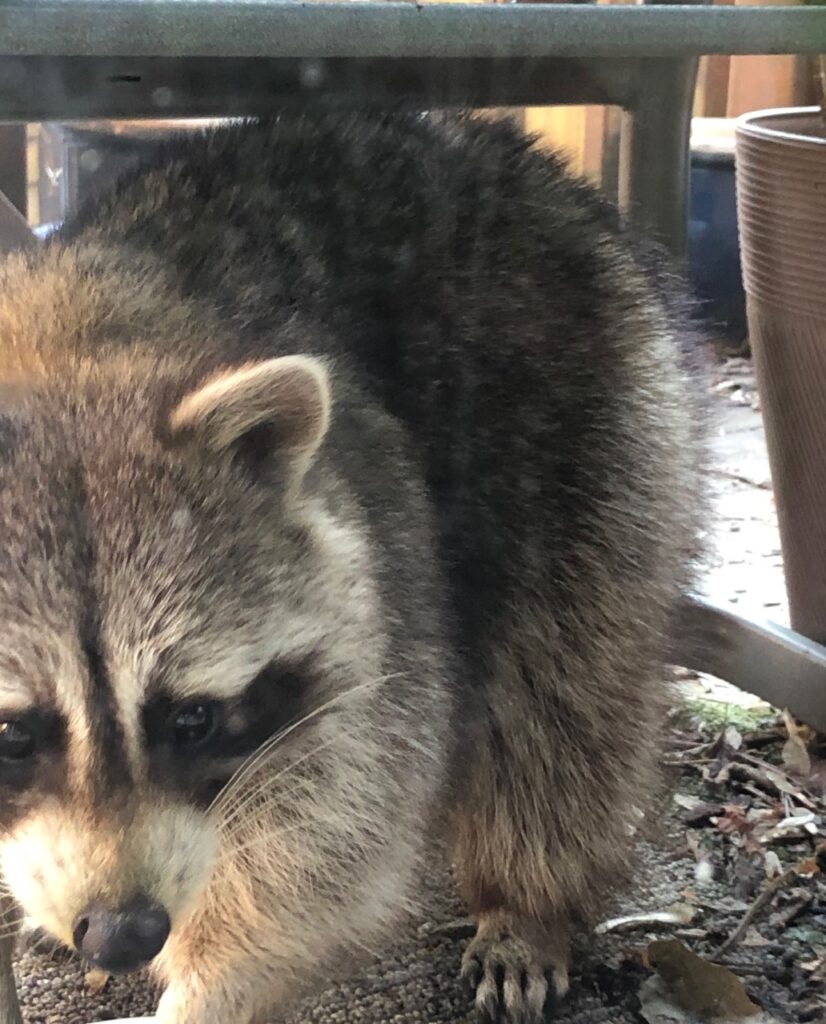
A few months ago, I spoke with an awesome 12-year-old girl named Adara, and her mom Kendra, about growing up in the city – with wildlife. Adara has watched at least three generations of falcons in her schoolyard and in her own back yard. “Two years ago, there were babies everywhere… you couldn’t wake up any morning without hearing falcons” Adara told me. “We don’t see them as much now, but they are still around.”
One of the raptors liked to roost in the tree right outside of Adara’s bedroom. The falcon would sit in the fork of the tall tree, where it could oversee back yards across the neighbourhood. Adara said, “One morning I woke up and I was like, huh, that’s a nice thing to wake up to! He would have come up to here [Adara karate-hand points to just below her knee] almost, at that time. And he stayed in that tree for about a year. He left around the time that the third generation of babies were born… there was six babies at one point constantly flying around.” So, their whole east-end Toronto neighbourhood was watching baby falcons.
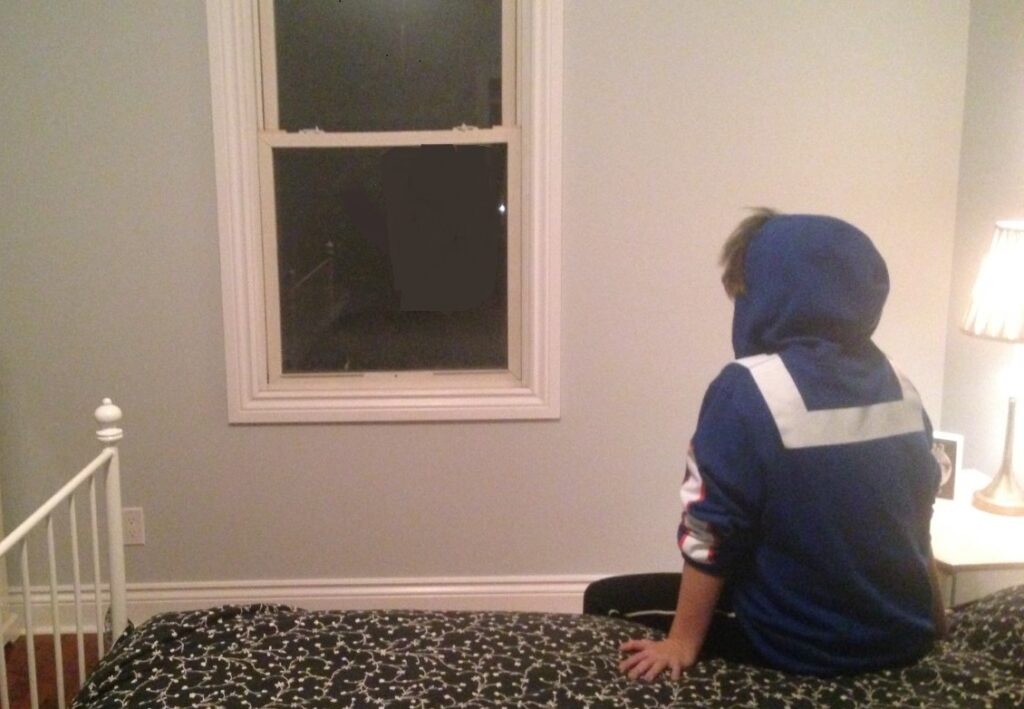
Opossums, raccoons, and other wild neighbours have been seen in Adara and Kendra’s yard, as well as coyotes in a nearby urban park. There’s also a skunk that has a regular route through the yard. “It has a ritual,” Adara says, “it comes up from between the two houses at about 11ish, wanders around the front yard for a bit, and then goes back down the driveway.” Kendra and her husband taught Adara that when the skunk is there, to be still and don’t surprise it – it will paw around the yard happily and everyone will be ok. Adara rolls her eyes as she describes the teenagers who scream and shout out when they see the skunk, and says, “really, you are across the road and you are fine.”
In the intro to Wild City, A Guide to Nature in Urban Ontario, Doug Bennett and Tim Tiner write, “Cities are commonly thought of as being outside of nature, and certainly there is no landscape more altered and intensely dominated by humans. … Certain native species, such as squirrels, crows, blue jays and raccoons, have learned to prosper in the new human-structured environment. Many others persist in the less-disturbed, protected or neglected spaces within cities. Their number and diversity may not rival that found in the near-pristine wilderness or even in the rural countryside, but for more than 80 percent of us in Ontario who live in urban environs, it’s the nature most immediate to us in our everyday lives.”
Mid-week last week (on March 4), the Government of Ontario made an announcement with the headline: Ontario Helping Communities Protect Species at Risk. Minister Jeff Yurek (Minister of the Environment, Conservation and Parks) announced that the government will again be investing to support projects by non-profit organizations, Indigenous communities, and other groups through the Species at Risk Stewardship Program. Up to $4.5 million in 2020-21. The program is designed to improve the status of species at risk and their habitats by supporting stewardship, protection, and recovery, as well as funding scientific research, outreach, and other activities that inspire and enable people to become involved in species at risk stewardship.
Ontario is home to more than 30,000 species of plants, insects, fish and wildlife. 243 species are listed on the Species at Risk in Ontario List, including some of my favourite critters: salamanders, owls, fox, woodpeckers, swallows and warblers, little bats, snakes, quite a few species of fish, dragonflies, voles, as well as animals I didn’t know we have in Ontario and others I had never heard of. The full species at risk list is online here.
In Our Wild Calling (one of the books that my friend Tim and I were discussing in the café), Richard Louv writes, “Here’s an additional possibility: As climate change and urbanization continue to move wild animals out of traditional habitats and into cities, multiple species will come into closer contact. If our species can devise new rules for living peacefully with other animals, and create additional natural habitat in cities, urban biodiversity will increase, and our species loneliness may be reduced. Creating that new compact will be key to our survival, beginning with our mental health.”
